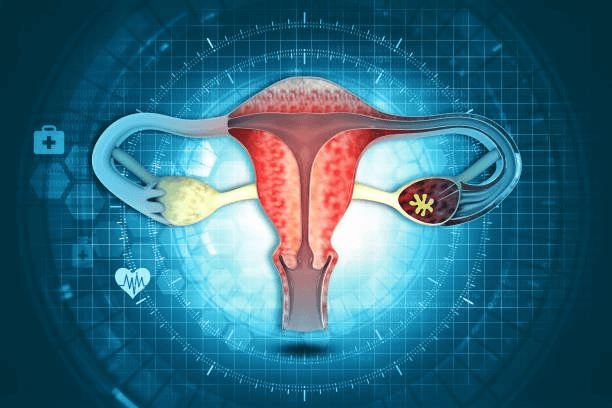Fibroid Tumors and Infertility: Understanding the Impact and Treatment Options

Fibroid tumors, also known as uterine fibroids or myomas, are non-cancerous growths that develop in or on the uterus. They are commonly detected during routine gynecological exams when a physician feels an abnormal mass. In some cases, fibroids are discovered incidentally during investigations for other conditions, or they may go undetected if no symptoms are present. However, larger fibroids can make it challenging to examine the ovaries properly if they grow near them.
Diagnosing Fibroid Tumors
When a physician detects a mass during an examination, an ultrasound scan is typically ordered to determine the nature of the mass. While ultrasound is effective, some fibroids may appear similar to ovarian tumors on sonograms, making surgical intervention necessary for a definitive diagnosis.
Also read: Can My Breech Baby Be Moved?
Symptoms of Fibroid Tumors
Although many fibroids do not cause symptoms, approximately 25% of women experience issues such as:
- Abnormal Bleeding: Heavy or prolonged menstrual periods.
- Pain During Menstruation: Increased menstrual cramps.
- Swollen Abdomen: As fibroids grow, they can cause noticeable abdominal swelling.
- Urinary Issues: Frequent urination or difficulty controlling bladder function. In severe cases, complete urinary retention can occur.
- Bowel Problems: Constipation or back pain if fibroids press against the bowels.
Treatment Options for Fibroid Tumors
If fibroid symptoms are severe, treatment often involves surgery. The main surgical options include:
- Myomectomy: This procedure involves the removal of individual fibroid tumors while preserving the uterus. This allows for the possibility of future pregnancies. However, fibroids can recur, and multiple myomectomies may lead to complications such as uterine scarring, which can affect fertility.
- Hysterectomy: This is the complete removal of the uterus and is considered a permanent solution for fibroids. It eliminates the possibility of recurrence but also ends a woman’s ability to conceive.
- Uterine Artery Embolization (UAE): This non-surgical procedure preserves the uterus. It involves inserting polyvinyl particles into the uterine artery, blocking the blood supply to the fibroids, causing them to shrink. This method significantly reduces symptoms like heavy bleeding and pelvic pain almost immediately.
While UAE offers a less invasive alternative to surgery, the possibility of fibroid recurrence remains. Consequently, many women may eventually require a hysterectomy to achieve permanent relief.
Impact on Fertility
Fibroid tumors can significantly impact fertility by:
- Distorting the uterine cavity, making it difficult for an embryo to implant.
- Blocking the fallopian tubes, preventing sperm from reaching the egg.
- Affecting the blood flow to the uterine lining, hindering embryo implantation and growth.
Women seeking to preserve their fertility should discuss all available treatment options with their healthcare provider. A myomectomy might be recommended initially, with the understanding that future procedures may be necessary if fibroids recur.
Conclusion
Understanding the nature and treatment options for fibroid tumors is crucial for managing their impact on health and fertility. Regular gynecological exams and early detection can help manage symptoms effectively and maintain quality of life. Consulting with a healthcare provider will ensure the most appropriate and personalized treatment plan.
Also read: Understanding Vaginal Discharge During Early And Late Pregnancy






